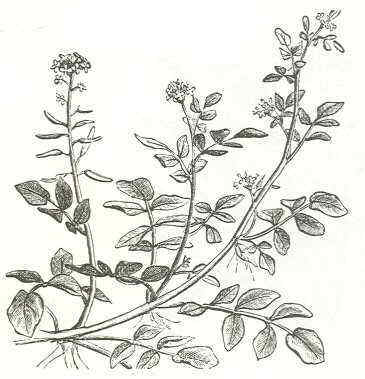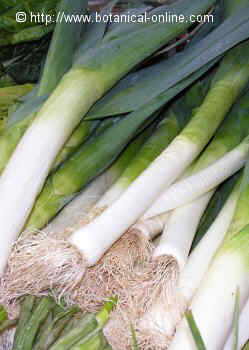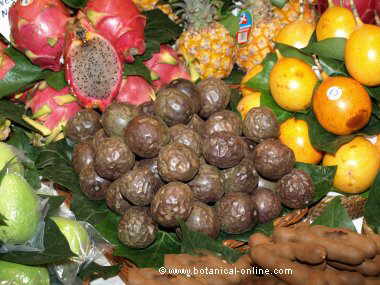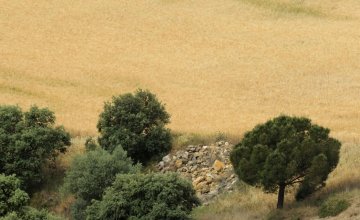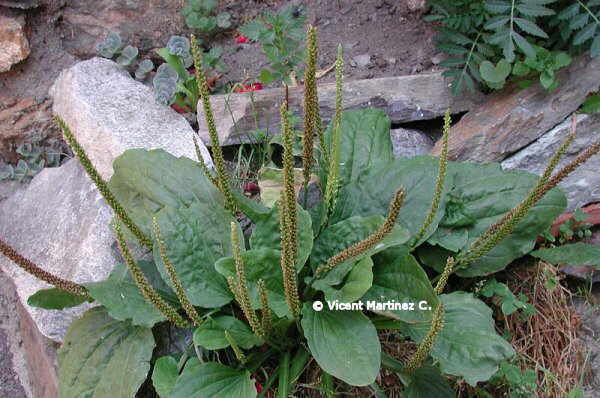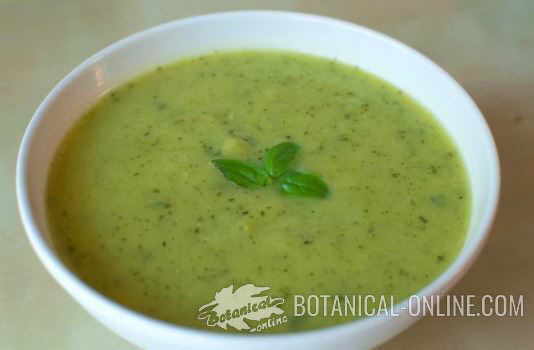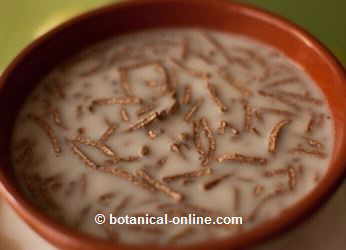Contents
What is a tincture?
A tincture is a method of extracting active ingredients from a plant performed by placing the plant in ethyl alcohol or ethanol (That’s to say alcohol produced by distillation of wine) with a graduation of 95 º, diluted with water according to the type of tincture (usually about 50%)
How is a tincture done?
The ratio is usually one plant part to five parts of alcohol (1:5).
To do it, we will place the herbs in a bowl and cover them with alcohol. We will keep the mixture from 10 to 40 days, stirring it a little every day. Then, then we will pour the liquid into a clean dry jar, filtering it with a gauze.
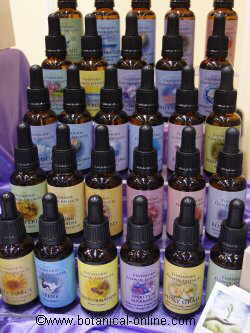
Different types of tinctures
How to use tinctures?
These preparations can be used externally or internally. In the latter case, they are taken as drops, diluted in water, tea or juice.
In addition to preparing them with alcohol, they can also be done with alcoholic beverages such as vermouth, gin, vodka or cognac, which allows them to taste better.
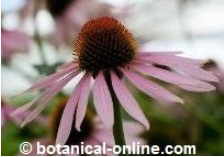
Echinacea tincture is very good as antibiotic
Tinctures contraindications
Tinctures should not be taken during pregnancy or if stomach problems. You have to respect the proper dosage to avoid poisoning.
How to preserve tinctures?
Tinctures should be kept in a cool place for up to 24 months.
Some of most used tinctures
Among the most commonly used tinctures, we can point out, for example, the following:
– Tincture of arnica: for acne (Apply tincture of arnica diluted in water)
– Echinacea tincture: for cuts (Apply tincture of echinacea diluted in water)
– Tincture of witch hazel: for bags under the eyes (Dilute a few drops of witch hazel tincture in a compress and apply under eyes for 10 to 15 minutes.)
– Tincture of Hypericum: For depression (10 drops of tincture three times daily)
– Tincture of blueberry: For irritable colon (40 g of dried fruit in 360 g of alcohol at 70 º for 10 days. 25 drops mixed in a glass of water twice daily)
– Etc.
![]() More information on medicinal plants
More information on medicinal plants

